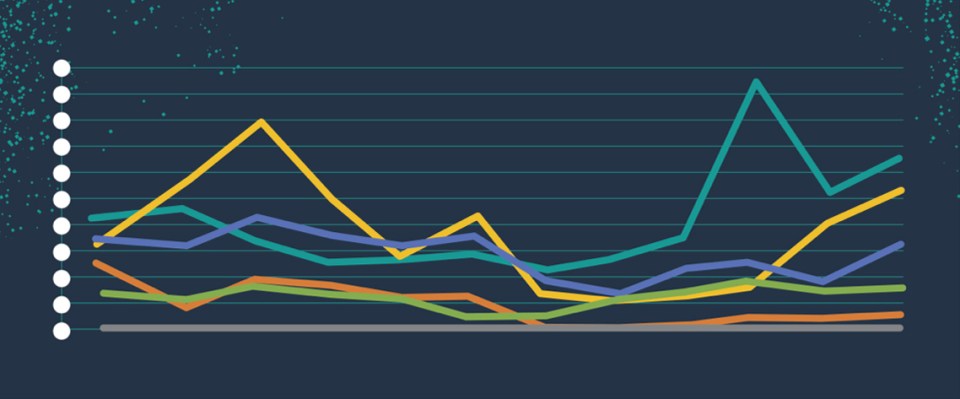

Keeping you at the forefront of
infectious upper respiratory disease
Key Program Findings and Management Tips
To date, the study has revealed numerous insights with regard to disease trends and epidemiology, and has also delivered a new highly relevant Clade 1 influenza vaccine strain, Florida ’13.1

S. equi, EHV-4 and EIV are the most prevalent infectious upper respiratory pathogens.
EHV-1 tends to grab the headlines because of the neurologic form of the disease, but S. equi, EHV-4 and EIV are responsible for the largest portion of positive tests.
Florida ‘13
Identified through the Equine Biosurveillance Program, Florida ’13 is the most current Clade 1 strain available in U.S. EIV inactivated vaccines.
Biosecurity plus vaccination is best.
Vaccination alone cannot provide complete disease protection. Particularly for highly contagious diseases like equine herpesvirus, influenza and strangles, sound biosecurity practices will provide a broader net of disease protection.
Age does not preclude infectious disease.
The study has debunked the long-held belief that many infectious upper respiratory diseases such as influenza are only prevalent in young horses. The latest changes in the equine influenza virus (antigenic drift) seem to have made adult horses more susceptible to the disease.
Travel is a significant risk factor.
Both the traveling horse and those exposed to traveling horses are at an increased risk for respiratory disease.
A definite seasonality to disease outbreaks is present.
- Generally, respiratory disease outbreaks peak in spring and fall, and they valley in the heat of summer.
- EHV-4 appears to be most prevalent in the fall months, in contrast to the other primary respiratory pathogens that are more prevalent in the winter and spring months.
- Equine flu season is from December to April.
Read past Equine Respiratory Biosurveillance Newsletters in our archive.
1. Merck Animal Health and University of California, Davis (Nicola Pusteria). Infectious Upper Respiratory Disease Surveillance Program. Ongoing research 2008-present.
Current and past issues of the Merck Animal Health Equine Respiratory Biosurveillance Newsletter.
The Merck Animal Health Equine Respiratory Update is a biannual newsletter that keeps the equine industry up to date on the latest trends and historical information from the Equine Biosurveillance Program. The newsletter also features technical advice, case management advice, and support from the Merck Equine Veterinary Professional Services team and UC Davis.
For Horse Owners
For Equine Professionals
